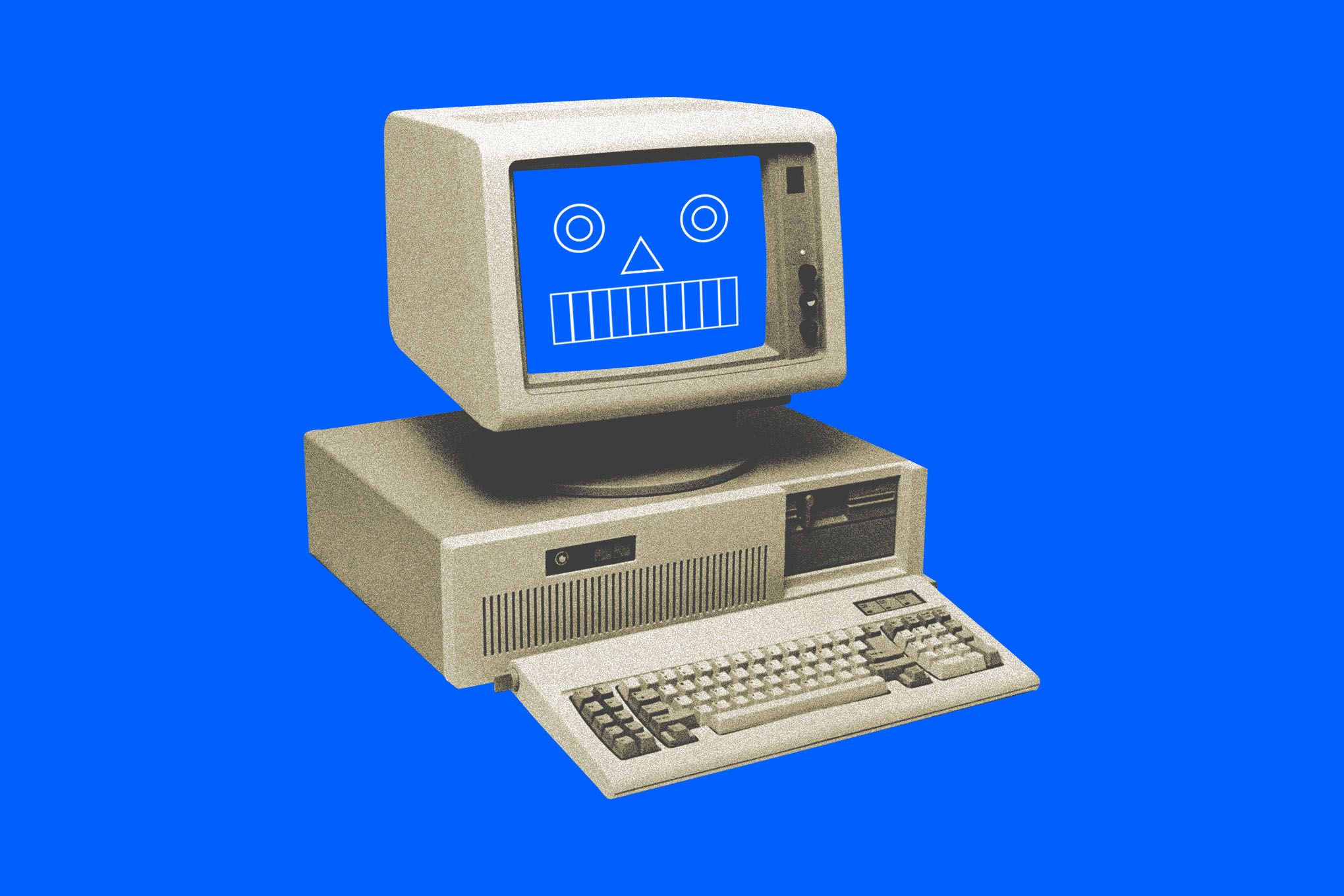Anthropic just dropped competitive benchmarks that put its Claude AI ahead of rivals in political neutrality, with Claude Sonnet scoring 95% even-handedness compared to OpenAI's GPT-5 at 89% and Meta's Llama 4 at just 66%. The timing isn't coincidental - it comes months after Trump's executive order targeting 'woke AI' sent the industry scrambling to prove their models can stay politically neutral.
Anthropic is making a bold play in the AI bias wars, releasing detailed methodology and competitive benchmarks that position Claude as the industry's most politically neutral chatbot. The company's new blog post doesn't just outline their approach - it directly challenges competitors with hard numbers that show Claude Sonnet 4.5 achieving a 95% even-handedness score compared to OpenAI's GPT-5 at 89% and Meta's Llama 4 lagging at 66%.
The announcement comes at a politically charged moment for the AI industry. In July, President Trump signed an executive order mandating that government agencies only procure 'unbiased' and 'truth-seeking' AI models, effectively banning what he termed 'woke AI' from federal use. While the order technically only applies to government procurement, the ripple effects are already reshaping how companies approach model training.
'Refining models in a way that consistently and predictably aligns them in certain directions can be an expensive and time-consuming process,' as The Verge's Adi Robertson noted when covering the executive order. That complexity means changes made for government compliance will likely trickle down to consumer-facing models.
OpenAI already signaled this shift last month when it announced plans to 'clamp down' on bias in ChatGPT. Now Anthropic is doubling down with a more systematic approach that combines technical innovation with competitive positioning.
The technical details reveal how deep this neutrality push goes. Anthropic has programmed Claude with what it calls a system prompt - essentially a set of behavioral rules that direct the model to avoid 'unsolicited political opinions' while maintaining factual accuracy and representing multiple perspectives. But the real innovation lies in their reinforcement learning approach.
The company describes using reinforcement learning 'to reward the model for producing responses that are closer to a set of pre-defined traits.' One key trait instructs Claude to 'try to answer questions in such a way that someone could neither identify me as being a conservative nor liberal.' It's a fascinating attempt to program ideological invisibility into an AI system.

